Worth your time to listen!
compumom
12 years ago
Related Stories
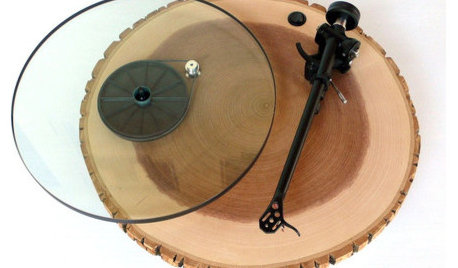
PRODUCT PICKSGuest Picks: Listen Up!
20 stylish turntables, radios and MP3 players to bring music into every room
Full Story
LIFETime Travel to Houzzers' Childhood Homes, Part 2
Catch a glimpse of kit houses, bungalows, Tudors and more just as they were way back when — and listen in on the intriguing personal stories
Full Story
BEDROOMSRoom of the Day: A Master Retreat Designed for Quality Family Time
Bright colors, bold patterns and dark walls cozy up a space where the whole family connects each night
Full Story
LIFE8 Ways to Find Time and Feel Less Frazzled at Home
Relax and recharge by reclaiming your time with ideas even the busiest people can use
Full Story
ARCHITECTUREGet a Perfectly Built Home the First Time Around
Yes, you can have a new build you’ll love right off the bat. Consider learning about yourself a bonus
Full Story
DECORATING GUIDES10 Popular Home Design Trends — Timely or Timeless?
Weigh in on whether these of-the-moment decorating elements will have staying power or become a memory of these times
Full Story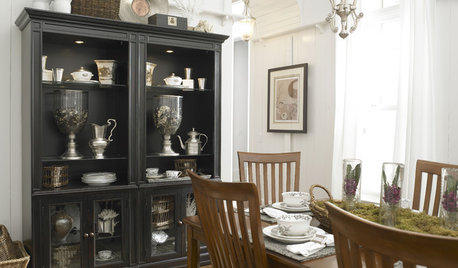
HOUSEKEEPINGHousekeeping 101: How to Clean Silver
Learn from a pro how to properly clean and care for your precious silverware
Full Story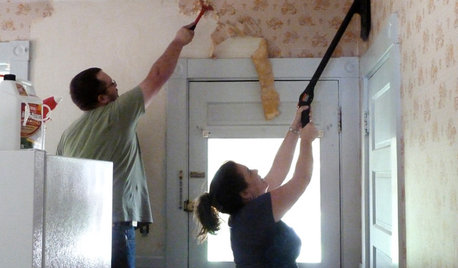
DECORATING GUIDESHow to Remove Wallpaper in 4 Steps
Learn the best way to remove wallpaper with only water (and elbow grease) so your next wall treatment will look great
Full Story
HOUSEKEEPINGIt’s Time to Clean Your Gutters — Here’s How
Follow these steps to care for your gutters so they can continue to protect your house
Full Story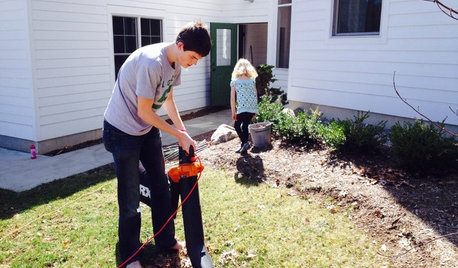
LIFEChore Time: How to Work Better as a Family
That’s not just a crumb-strewn counter or a yard scattered with leaves. It’s a valuable opportunity
Full StorySponsored
Zanesville's Most Skilled & Knowledgeable Home Improvement Specialists



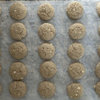

centralcacyclist
centralcacyclist
Related Discussions
This is what happens when you don't listen to your mother! (pics)
Q
We're listening - Welcome to your Conversation Side. :)
Q
Pink Lemon tree yellowing D: God if you're listening... HELP
Q
First time caller, long time listener
Q
mudlady_gw
centralcacyclist
Jasdip
lpinkmountain
lindac
jessyf
Jasdip
hhireno
lpinkmountain
lpinkmountain
jimster
jessyf
happyday
bbstx
compumomOriginal Author
lpinkmountain
centralcacyclist
hhireno
jessyf
mudlady_gw
centralcacyclist
happyday
centralcacyclist
lpinkmountain
bbstx
centralcacyclist
jenn
cynic
lpinkmountain